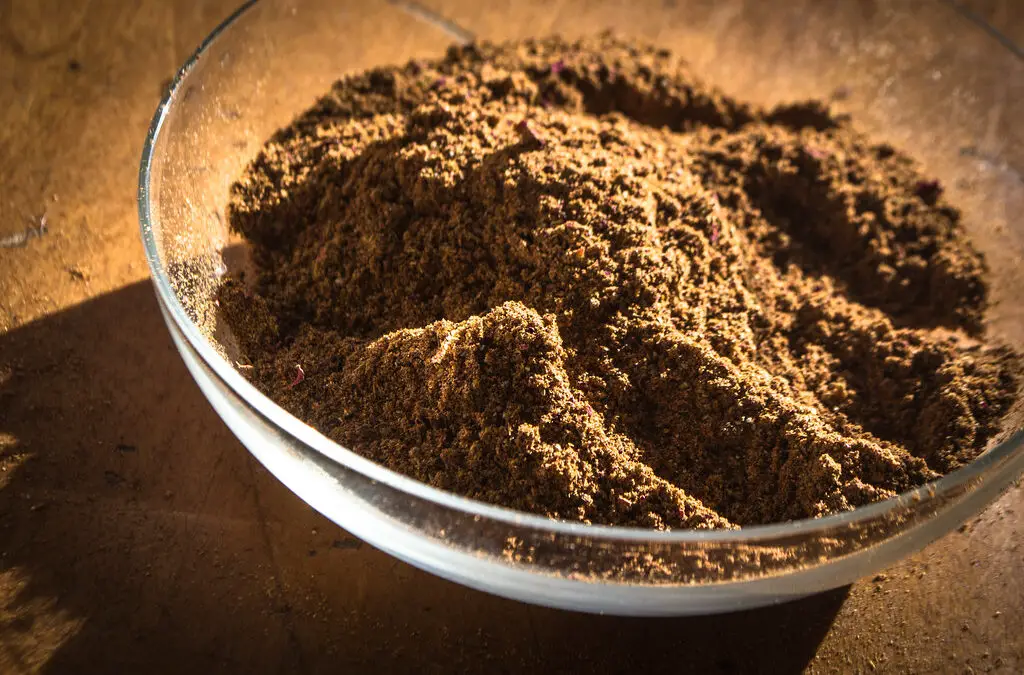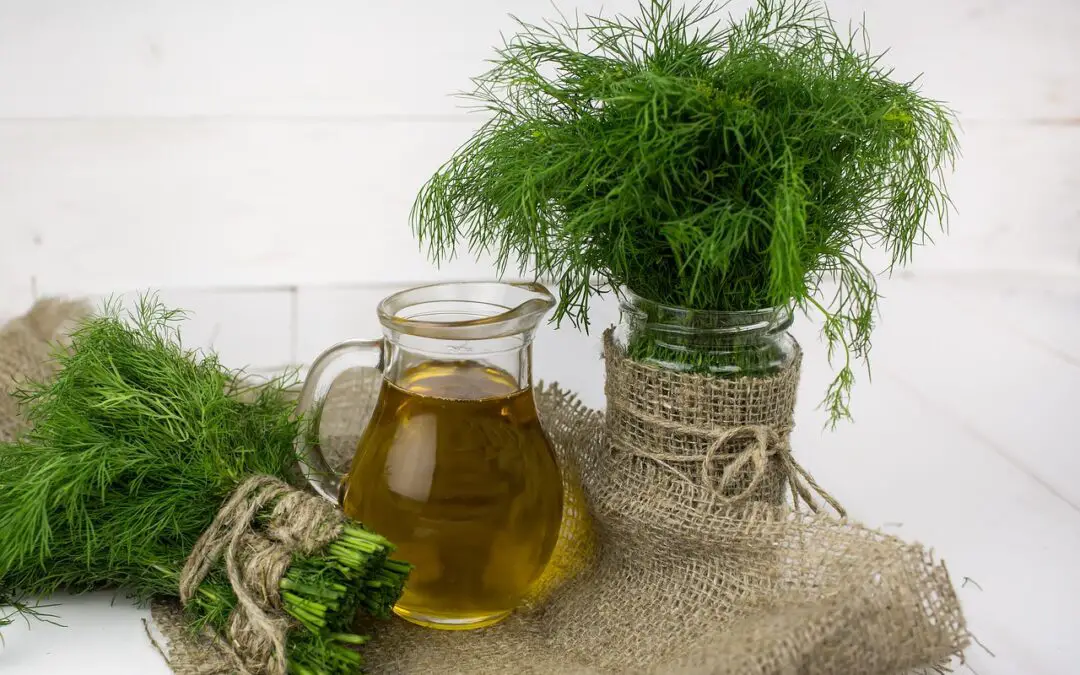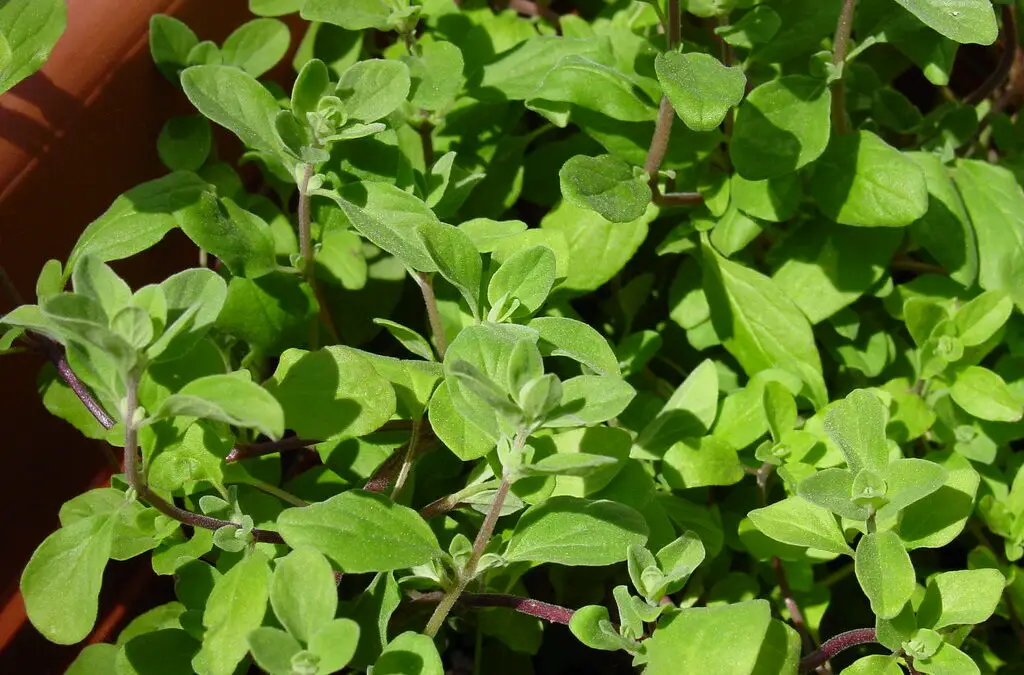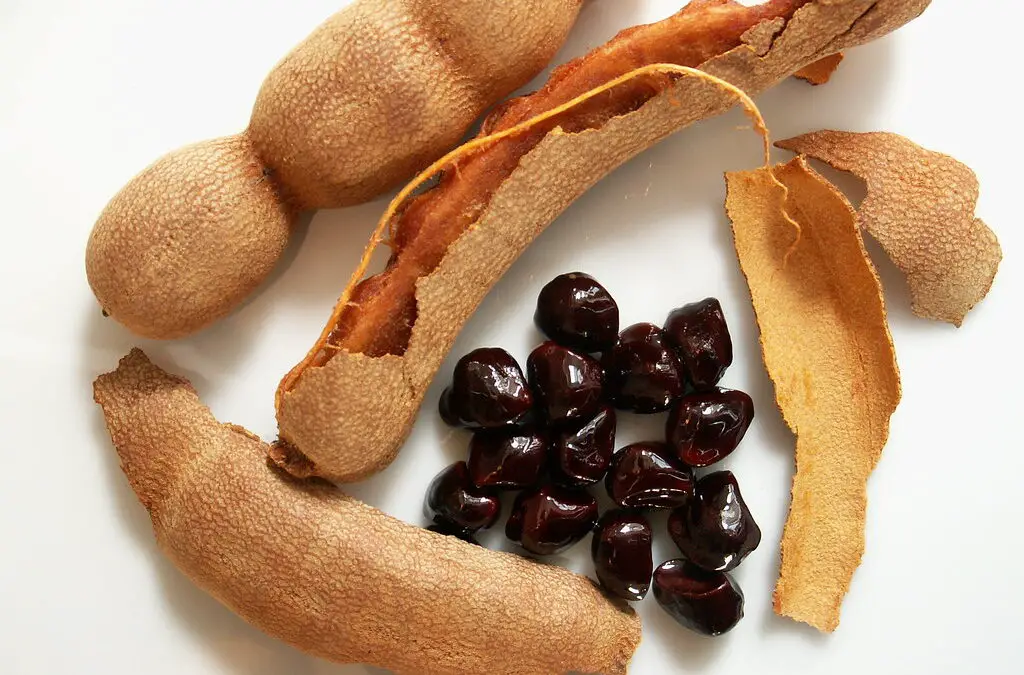Mastic gum is a resinous substance harvested from the mastic tree, which is native to the Mediterranean region. It has been used for centuries in Middle Eastern cuisine, particularly in Greece and Turkey, where it is known as “mastiha.” The gum has a unique flavor profile that is both sweet and piney, and it is often used as a natural flavoring agent in desserts, pastries, and chewing gum.
In addition to its culinary uses, mastic gum has also been used for its medicinal properties. It has been traditionally used to treat digestive issues, such as stomach ulcers and indigestion, and has also been used as a natural remedy for oral hygiene. Recent studies have shown that mastic gum may also have anti-inflammatory and antioxidant properties, making it a promising candidate for further research in the field of natural medicine.
Overall, mastic gum is a versatile and flavorful ingredient that has been an integral part of Middle Eastern cuisine for centuries. Its unique taste and potential health benefits make it a valuable addition to any kitchen, whether you are a professional chef or a home cook looking to experiment with new flavors.
What is Mastic Gum?
Mastic gum is a resin that is extracted from the mastic tree. It has been used for centuries in the Middle East as a natural remedy for a variety of ailments. This gum has a unique flavor and is often used in Middle Eastern cuisine as a spice.
Mastic gum is known for its many health benefits. It has been used to treat digestive issues such as ulcers, acid reflux, and indigestion. It is also believed to have anti-inflammatory properties that can help reduce inflammation in the body.
In addition to its health benefits, mastic gum is also used in the cosmetic industry. It is believed to have anti-aging properties and is often used in skincare products to help reduce the appearance of fine lines and wrinkles.
Mastic gum is typically sold in the form of small, translucent crystals. It can be chewed like gum or ground into a powder and used as a spice. It has a slightly sweet flavor with a hint of pine and is often used in desserts and baked goods.
Overall, mastic gum is a versatile and beneficial ingredient that has been used for centuries in Middle Eastern cuisine and medicine. Its unique flavor and health benefits make it a valuable addition to any diet.
History of Mastic Gum
Origin
Mastic gum, also known as “tears of Chios,” is a resinous substance that comes from the mastic tree (Pistacia lentiscus). The tree is native to the Greek island of Chios, where it has been cultivated for thousands of years. The resin is harvested by making small cuts in the tree’s bark, which allows the resin to flow out and harden into small, translucent droplets.
The use of mastic gum dates back to ancient times, with evidence of its use found in archaeological sites throughout the Mediterranean. The ancient Greeks and Romans used mastic gum for a variety of purposes, including as a breath freshener, a digestive aid, and a natural remedy for stomach ulcers.
Cultural Significance
Mastic gum has long held cultural significance in the Middle East, where it is a common ingredient in traditional dishes and remedies. Apart from its culinary applications, mastic gum has served as a natural remedy for centuries, addressing diverse ailments such as digestive troubles, respiratory disorders, and skin conditions.
In Middle Eastern cuisine, mastic gum is often used to flavor desserts, such as ice cream, pudding, and Turkish delight. It is also used in savory dishes, such as stews and soups, to add a unique, slightly piney flavor.
Overall, mastic gum has played an important role in the culinary and medicinal traditions of the Mediterranean and Middle East for thousands of years. Its unique flavor and therapeutic properties continue to make it a popular ingredient in traditional dishes and remedies today.
Health Benefits of Mastic Gum
Mastic gum is a resin obtained from the mastic tree, which is native to the Mediterranean region. It has been used for centuries in Middle Eastern cuisine and traditional medicine for its various health benefits. In this section, we will discuss the digestive health, oral health, and antioxidant properties of mastic gum.
Digestive Health
Mastic gum has been shown to have a positive effect on digestive health. It has been used to treat gastrointestinal disorders such as dyspepsia, peptic ulcers, and inflammatory bowel disease. Mastic gum has been found to have antibacterial and anti-inflammatory properties, which can help reduce inflammation and fight harmful bacteria in the gut.
Oral Health
Mastic gum has also been found to have benefits for oral health. It has been used to treat bad breath, gum disease, and tooth decay. Mastic gum contains compounds that can help kill harmful bacteria in the mouth, which can lead to improved oral health.
Antioxidant Properties
Mastic gum is rich in antioxidants, which can help protect the body from damage caused by free radicals. Free radicals are unstable molecules that can damage cells and contribute to the development of chronic diseases such as cancer and heart disease. Mastic gum has been found to have higher antioxidant activity than other common antioxidants such as vitamin C and vitamin E.
In conclusion, mastic gum has been used for centuries in Middle Eastern cuisine and traditional medicine for its various health benefits. It has been found to have positive effects on digestive health, oral health, and antioxidant properties. While more research is needed to fully understand the benefits of mastic gum, it is a promising natural remedy for various health conditions.
How to Use Mastic Gum
Mastic gum is a resinous substance that is traditionally used in Middle Eastern cuisine and medicine. This section will cover the culinary and medicinal uses of mastic gum.
Culinary Uses
Mastic gum has a unique flavor that is both sweet and piney. It is often used as a flavoring agent in desserts, such as ice cream, puddings, and pastries. It can also be used to flavor beverages, such as tea and coffee.
To use mastic gum in cooking, it is first ground into a powder using a mortar and pestle. The powder can then be added to recipes in small amounts, as it is a potent flavoring agent. It is important to note that mastic gum can be difficult to dissolve, so it is best to add it to warm liquids or mix it with other ingredients before adding it to a recipe.
Medicinal Uses
Mastic gum has been used for centuries in traditional medicine to treat a variety of ailments. It is believed to have anti-inflammatory, antibacterial, and antioxidant properties.
One of the most common medicinal uses of mastic gum is to treat digestive issues, such as stomach ulcers and irritable bowel syndrome. It is believed to help soothe the digestive tract and reduce inflammation.
Mastic gum can also be used to improve oral health. It is believed to help prevent cavities and gum disease by reducing the amount of bacteria in the mouth.
To use mastic gum medicinally, it is typically taken in capsule form or dissolved in water. It is important to follow the recommended dosage on the packaging and to consult with a healthcare professional before using mastic gum as a treatment for any health condition.
Overall, mastic gum is a versatile ingredient that can be used in both culinary and medicinal applications. Its unique flavor and potential health benefits make it a valuable addition to any Middle Eastern kitchen or medicine cabinet.
Potential Side Effects of Mastic Gum
Mastic gum is a resin obtained from the mastic tree, which is native to the Mediterranean region, including the Middle East. It has been used for centuries in traditional medicine and cuisine. While it is generally considered safe for consumption, there are some potential side effects to be aware of.
Gastrointestinal Issues
Some people may experience gastrointestinal issues after consuming mastic gum. This can include stomach pain, bloating, and diarrhea. These symptoms are usually mild and go away on their own after a few days. However, if they persist or become severe, it is important to seek medical attention.
Allergic Reactions
In rare cases, people may be allergic to mastic gum. Symptoms of an allergic reaction can include itching, swelling, and difficulty breathing. If you experience any of these symptoms after consuming mastic gum, seek medical attention immediately.
Interactions with Medications
Mastic gum may interact with certain medications, including blood thinners and diabetes medications. If you are taking any medications, it is important to talk to your doctor before consuming mastic gum.
Conclusion
While mastic gum is generally safe for consumption, it is important to be aware of these potential side effects. If you experience any symptoms after consuming mastic gum, seek medical attention immediately.
Research and Studies on Mastic Gum
Mastic gum has been used for centuries in Middle Eastern cuisine and traditional medicine. In recent years, there has been an increase in scientific research on the health benefits of mastic gum.
One study found that mastic gum has anti-inflammatory properties and can help reduce inflammation in the body. Another study showed that mastic gum can help improve gut health by reducing the growth of harmful bacteria in the digestive system.
Mastic gum has also been shown to have antimicrobial properties, which means it can help fight off infections caused by bacteria and viruses. In one study, mastic gum was found to be effective against Helicobacter pylori, a type of bacteria that can cause stomach ulcers and other digestive problems.
In addition to its health benefits, mastic gum has also been studied for its potential use in the food industry. One study found that mastic gum can be used as a natural food preservative, helping to extend the shelf life of food products.
Overall, while more research is needed to fully understand the health benefits of mastic gum, the existing studies suggest that it may be a valuable addition to a healthy diet.
Where to Buy Mastic Gum
Mastic gum is a resin from the mastic tree that is commonly used in Middle Eastern cuisine. It has a unique flavor and texture that adds depth and complexity to dishes. If you are looking to buy mastic gum, there are several options available.
Local Specialty Stores
Many specialty stores that sell Middle Eastern ingredients will carry mastic gum. These stores may also carry other hard-to-find ingredients that are common in Middle Eastern cooking. Check your local listings to find a store near you.
Online Retailers
There are several online retailers that sell mastic gum. These retailers often have a wider variety of products and can ship directly to your door. Some popular online retailers for Middle Eastern ingredients include:
- Amazon
- The Spice House
- Kalustyan’s
Middle Eastern Markets
If you live in an area with a large Middle Eastern population, you may be able to find mastic gum at a local market. These markets often have a wide variety of fresh produce, spices, and other ingredients that are commonly used in Middle Eastern cuisine.
When buying mastic gum, it is important to look for high-quality products. Check the expiration date and make sure the packaging is intact. It is also a good idea to read reviews and compare prices before making a purchase.
Overall, there are several options available for buying mastic gum. Whether you prefer to shop in-store or online, you can easily find this unique ingredient to add to your Middle Eastern dishes.
Conclusion
Mastic gum is a popular ingredient in Middle Eastern cuisine and for good reason. Its unique flavor and health benefits make it a valuable addition to any dish.
One of the most notable benefits of mastic gum is its ability to aid in digestion. It has been used for centuries as a natural remedy for stomach issues, and recent studies have shown that it can help reduce inflammation in the gut.
In addition to its digestive benefits, mastic gum has also been shown to have antibacterial and anti-inflammatory properties. This makes it a great ingredient to use in dishes that may cause inflammation or infection, such as spicy or heavily seasoned foods.
When using mastic gum in cooking, it’s important to keep in mind that a little goes a long way. Its strong flavor can easily overpower other ingredients, so it’s best to use it sparingly.
Overall, mastic gum is a wonderful ingredient to incorporate into Middle Eastern dishes. Its unique flavor and health benefits make it a valuable addition to any kitchen.




